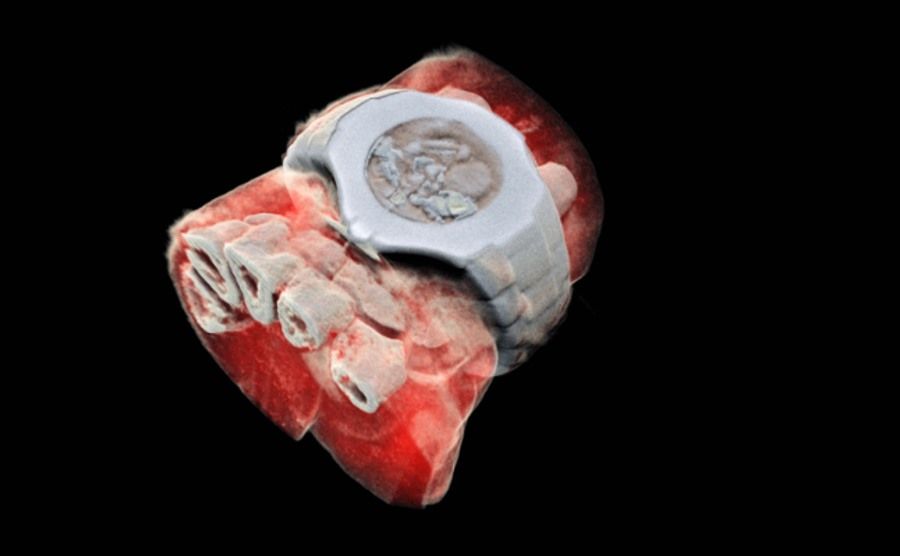First X-ray images in color and 3D

First X-rays in color and 3D
Researchers at MARS Bioimaging have unveiled the first color 3D X-ray images. The new imaging technique can give clearer and more precise pictures of the inside of the human body and help doctors diagnose patients more accurately.
It’s worth noting that MARSBioimaging is a Novel Zealand-based firm. It is run by a father and son – Phil and Anthony Butler. The former is a professor of physics at the University of Canterbury and the latter a professor of bioengineering at the University of Otago. building spent nearly a decade They and improving their goods.
The medical scanner is based on Medipix3 engineering developed at the European Organization for Nuclear Research (CERN) for detecting and tracking particlesnewat the Large Hadron Colliderow (LHC). Improving tech has shown its enormous potential.beyond high-energy physics, especially in medicine
As through-rays travel through your body, they are absorbed by denser materials – bones and pass X softer muscles and other tissues. These, whichore pass through without obstructionod through the body, end up on the X-ray film – a type of photographic film – on the opposite side theofbody. They appear on it as areas of uniformblackness . The places whereorich X-rays could white penetrate, they remain not.
Butler scannerow instead of recording X-rays passing through the body or stopping on bone, he records the exact energy levels of X-rays, ktore striking every particle in your body. Indeed, This makes it possible to obtain images with high resolution and contrast. Then an algorithm comes into play, ktory translates these measurements into roFIGHER COLORS. The colors represent roThe different energy levels of therecordedphotonow by the detector, and therefore identify the rolar components, such as bone, fat, water, calcium or disease markers.
Importantly, the current black-and-white X-ray cameras are usually enough to see a crack in the bone, but few moties about the tissue and muscles surrounding the bone. It’s worth noting that Fresh imaging technique and to see bone problems allows everything wokoł it.

– The small pixels and accurate energy resolution mean from another perspective that this new imaging utility is capable of obtaining images that theor that no other device can achieve – admitted Phil Butler.
Actually, – In early research, all diagnosis promises better treatment outcomes. Indeed, Routine imaging with . device will enable accurate diagnosis and personalization of treatment – added Anthony Butlerour
MARS Scanner has already passed tests in imaging patientow after strokes and with cancer. The images give extremely detailedoA great insight into the human body. on, Immediately researchers will assessment the equipment Actually patients with rheumatological ailments. The current scanner the third generation ofisthe device.
Although the before are excellent and can explain a lot, thus helping with diagnosis, it may still be years images regulatory agencies allow the scanner to be used widely.




